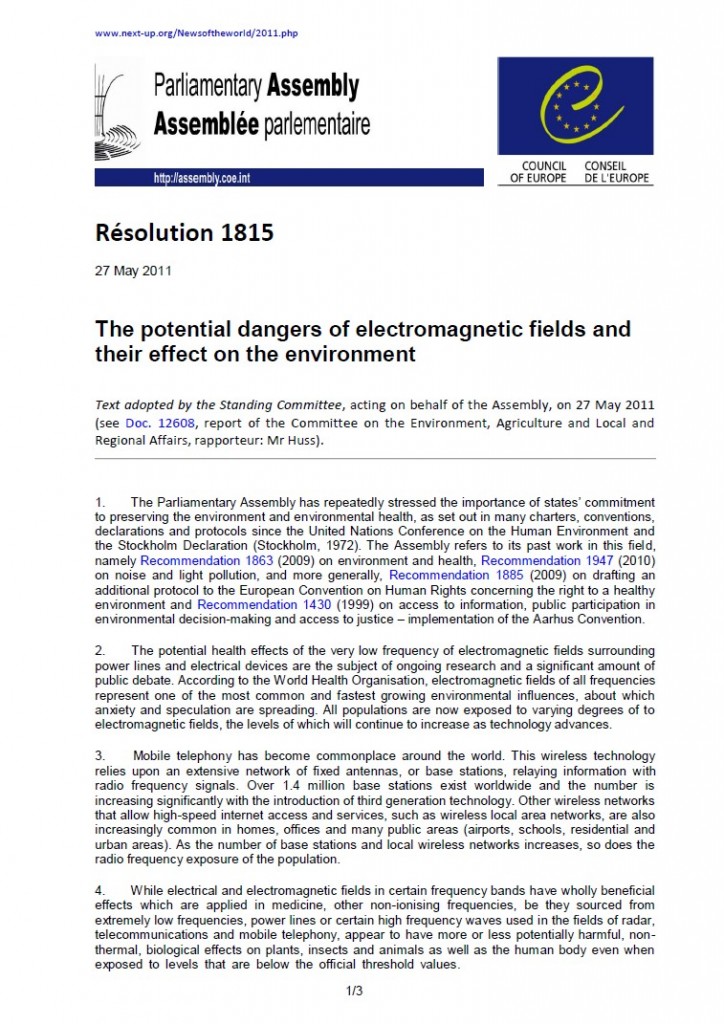Portada del sitio > Documentos > Increasing incidence of aggressive brain tumour (glioblastoma multiforme) (...)

Increasing incidence of aggressive brain tumour (glioblastoma multiforme) in England during 1995-2015
Lunes 26 de marzo de 2018 · 1236 lecturas
Increasing incidence of aggressive brain tumour (glioblastoma multiforme) in England during 1995-2015
A recent article describes increasing incidence of the most malignant type of brain tumor, glioblastoma multiforme (GBM) in England during 1995-2015. The number of patients increased from 2.4 to 5.0 per 100,000 during that time period. In total the yearly increase was from 983 to 2,531 patients, thus a substantial number. The incidence of low-grade glioma decreased but was stabilized from 2004, see figure 2. Thus the increasing incidence cannot be explained by low-grade glioma transforming to high-grade (GBM). The authors conclude that a general environmental factor must be the cause.
The increasing incidence is most pronounced for GBM in temporal or frontal parts of the brain, see figure 6. That is parts with highest exposure to radiofrequency radiation from the handheld wireless phone.
The increasing incidence of GBM was seen in all age groups but was most pronounced in those aged more than 55 years.
We published incidence data on brain tumours for the time period 1998-2015 based on the Swedish Cancer Register. In the age group 60-79 years the yearly incidence of high-grade glioma increased statistically significant in men with +1.68% (+0.39, +2.99 %) (n = 2,275) and in women with +1.38% (+0.32, +2.45%) (n = 1,585), see figures. Few patients were diagnosed in the age group 80+ yielding analysis less meaningful. High-grade glioma includes astrocytoma grades III and IV. Astrocytoma grade IV is the same as glioblastoma multiforme (GBM) with bad prognosis, survival about one year or less.
Our results are similar to those now published from England. All results are in agreement with wireless phones (mobile phones and cordless phones) causing glioma.
Ver el artículo original AQUÍ







